Introduction
Data analytics integration is all about bringing together data from various places to give your business a clearer, more complete picture. By breaking down data silos, you can better understand how your operations work and keep an eye on market trends. When everything is connected, making smart, informed decisions becomes much easier.
Enhancing Decision-Making with Data Analytics Integration
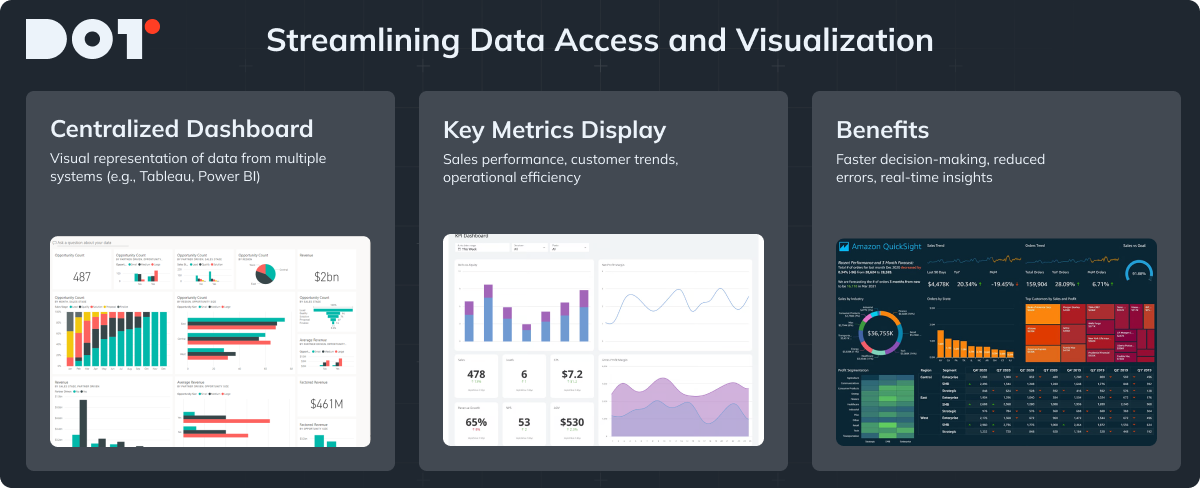
Streamlining Data Access and Visualization
Getting all your data into one easy-to-use place can be challenging, but it’s a game changer. By integrating information from different systems into centralized dashboards—using tools like Tableau or Microsoft Power BI—you can quickly see the key metrics that matter. This means faster responses to issues and more strategic planning, all from one view.
Real-Time Data for Accurate Business Insights
Imagine knowing what’s happening in your business as it unfolds. With real-time data integration—using APIs, webhooks, and tools like Kafka or RabbitMQ—you can instantly track customer interactions or sales activities. This up-to-the-minute information lets you adapt swiftly to changes, keeping your business agile and responsive.
Tackling the Challenges of Data Analytics Integration
Breaking Down Data Silos
Over time, data can end up isolated in different departments or systems, leading to missed opportunities. Bringing everything together—using ERP systems or data warehouses like AWS Redshift—ensures that everyone gets access to accurate, up-to-date information. This unified approach makes it easier to develop smart strategies that benefit the whole company.
Handling Diverse Data Formats
Different systems often produce data in various formats, which can complicate integration. Tools like Apache NiFi or Talend help standardize these formats and clean your data automatically, so you always work with reliable, consistent information.
Recommended Tools and Platforms for Data Analytics Integration
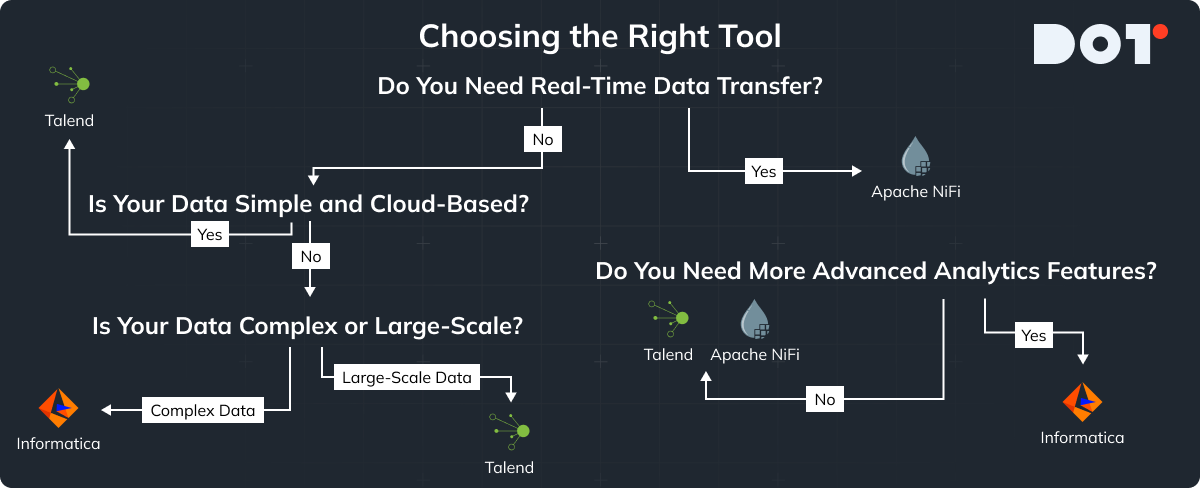
Choosing the Right Tool
There’s no one-size-fits-all solution. For some businesses, Talend offers simple, effective data management. Others might prefer Informatica for handling complex datasets, or Apache NiFi for real-time transfers. When picking a tool, consider your data volume, budget, and how well the tool fits with your existing systems.
What to Look For
Make sure your chosen platform can handle your data formats, has strong security features, and is user-friendly. It’s also a good idea to read reviews and check vendor resources to ensure the solution aligns with your business goals.
Ensuring Data Accuracy and Consistency
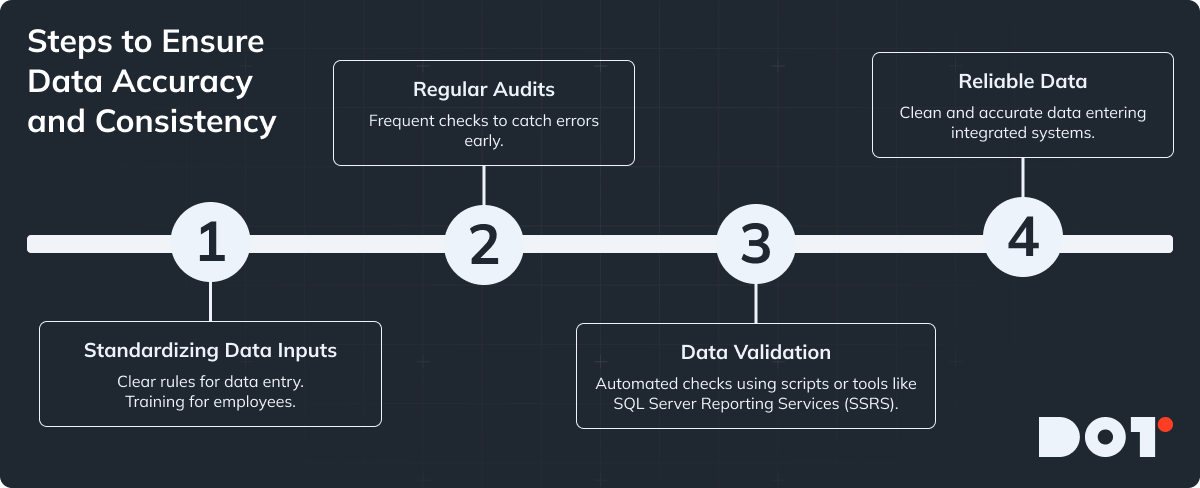
Standardizing Data Inputs
Accurate insights start with clean data. Set clear rules for data entry and run regular audits to catch errors early. When everyone in your company follows the same guidelines, your data becomes much more reliable.
Robust Data Validation
Before bringing data into your integrated system, use automated checks—whether through scripts or platforms like SQL Server Reporting Services (SSRS)—to ensure everything meets quality standards. Reliable data leads to better, more trustworthy insights.
Best Practices for Data Privacy and Security
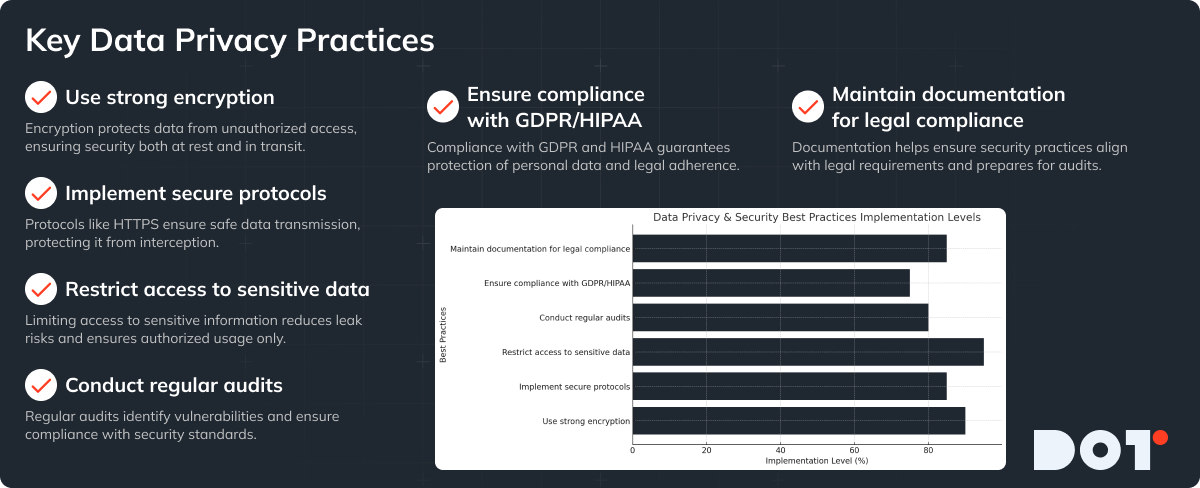
Keeping Your Data Safe
Security is essential. Use strong encryption (like AES256) and secure protocols (like HTTPS) to protect your data both at rest and in transit. Strict access controls ensure that only the right people can see sensitive information.
Staying Compliant
Make sure you’re following regulations like GDPR or HIPAA by conducting regular security audits and maintaining detailed documentation. These practices not only protect your data but also help you avoid costly legal issues.
Q&A Session with Dot Analytics. Data Analytics Integration
How can I bring all my data together from different systems to get a full picture of my business?
dYou can start by linking your various data sources—like your CRM, ERP, and marketing tools—into one central repository. For example, you might use cloud data warehouses such as Google BigQuery or Amazon Redshift to consolidate your data, then visualize everything with tools like Tableau for a clear overview.
What steps do I need to take to ensure that the merged data is accurate and reliable?
Begin with a thorough data cleansing process to remove duplicates and standardize formats. Implement validation rules and use automated tools like Talend or Apache NiFi to catch errors before merging the data. Regular audits help maintain reliability over time.
How can I avoid the common headaches that come with breaking down data silos?
Focus on fostering a culture of data sharing by mapping out where all your data resides and establishing clear data governance policies. Integration tools like Informatica can bridge gaps between systems, while regular cross-department meetings encourage collaboration and help break down silos.
What are the best tools and platforms for integrating data in a business like mine?
There’s no one-size-fits-all answer, but many businesses find success with cloud-based tools like Talend, Informatica, or Apache NiFi. If you’re already on AWS, for instance, you might consider their integration services to handle large datasets efficiently.
What measures should I take to keep my integrated data secure and compliant with regulations?
Security must be built into your system from day one. Use encryption methods—such as AWS KMS or Google Cloud’s encryption tools—for data in transit and at rest. Set up strict, role-based access controls and conduct regular security audits to ensure compliance with regulations like GDPR.
How can I manage the cost and complexity of setting up a data integration system without breaking the bank?
Start by integrating your most critical data sources and opt for scalable, cloud-based solutions like Amazon Redshift or Google BigQuery. A phased approach allows you to spread the investment over time, reducing upfront costs and managing complexity gradually.
How long does it usually take to set up an integrated data analytics system?
The timeline varies depending on your current systems and needs, but a phased integration generally takes between six months and a year. A clear roadmap with defined milestones ensures a smooth transition without overwhelming your operations.
Conclusion
Integrating your data analytics means connecting different data streams to give you a complete, actionable view of your business. This approach helps break down silos, improves accuracy, and ensures secure, efficient decision-making. If you need guidance or have questions about how to integrate your data effectively, reach out to the Dot Analytics team for expert advice.
3 responses to “Data Analytics Integration: Combining Insights From Multiple Sources pt. 2”
-
Really well-written article! 👏
I enjoyed the way you broke down the topic—it feels very genuine and helpful, not just theory.
The practical tips make it easy for readers like me to connect and actually take something useful away.
Keep up the great work—I’ll definitely be following along for more insights! 🚀 -
💡 Excellent work on this ultimate guide if your readers want to put these 7 steps into action immediately.
Keep inspiring, and thanks again for raising the bar! -
Fantastic read! 👏 I really appreciate how clearly you explained the topic—your writing not only shows expertise but also makes the subject approachable for a wide audience. It’s rare to come across content that feels both insightful and practical at the same time.



























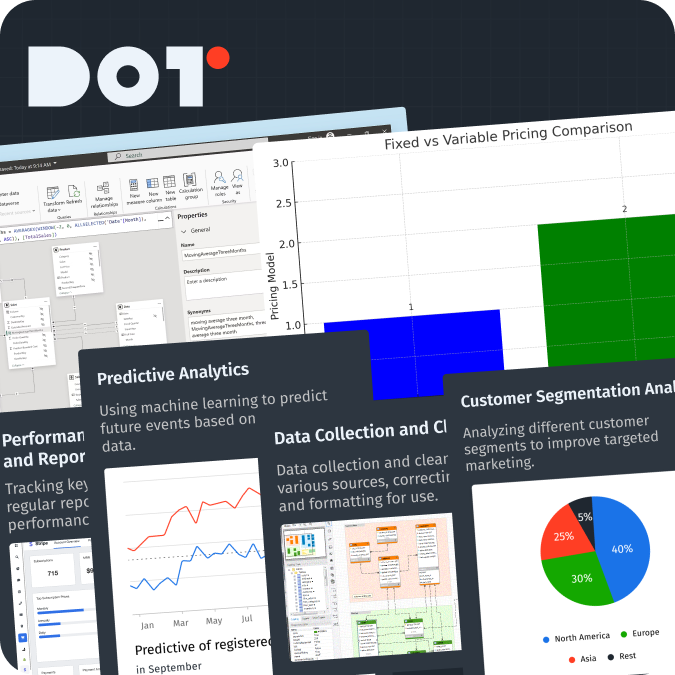
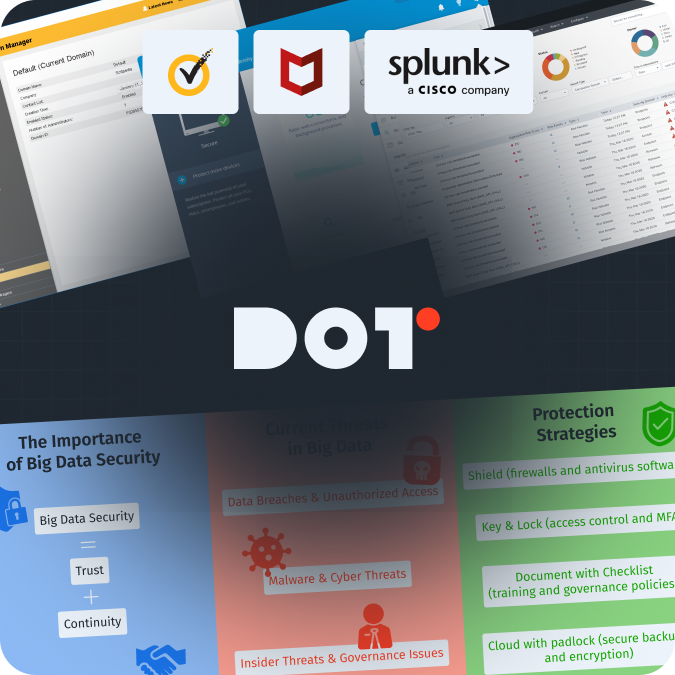
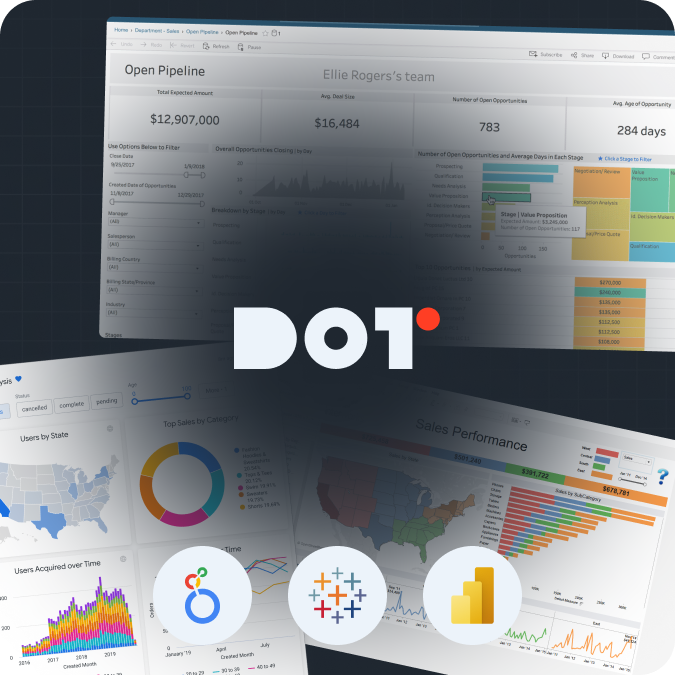
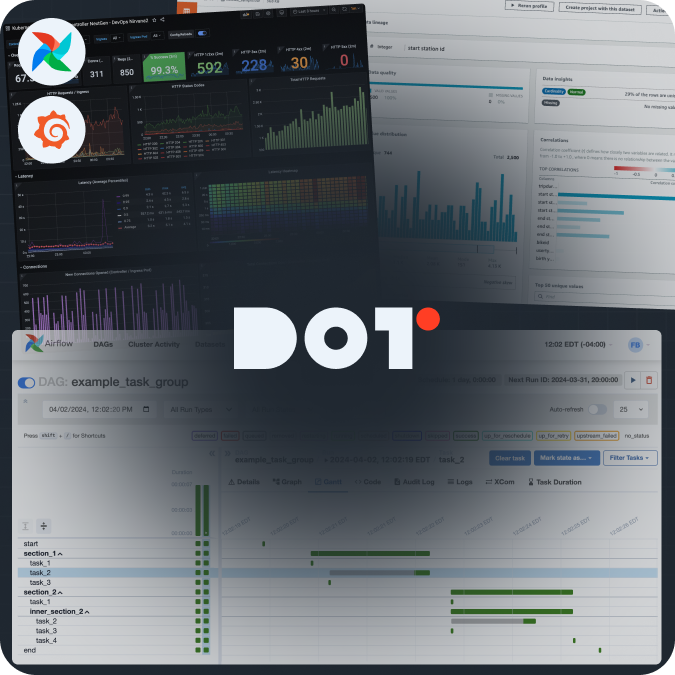
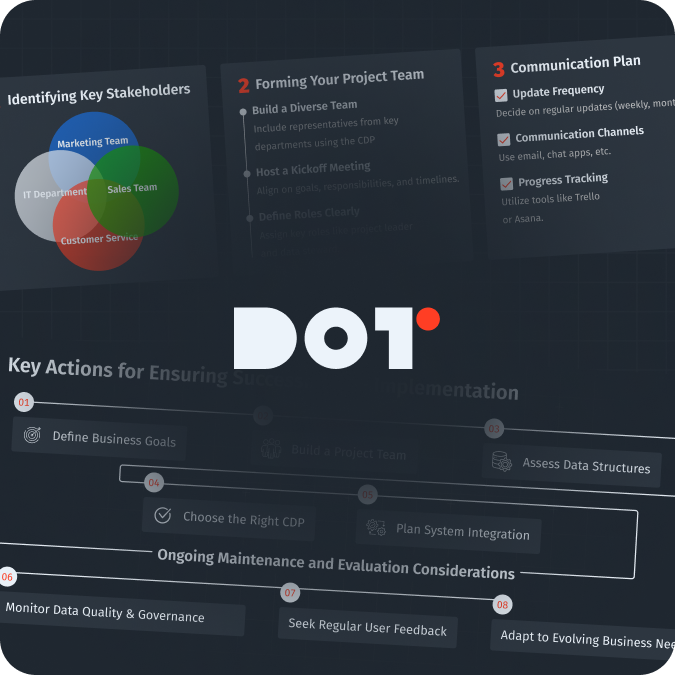

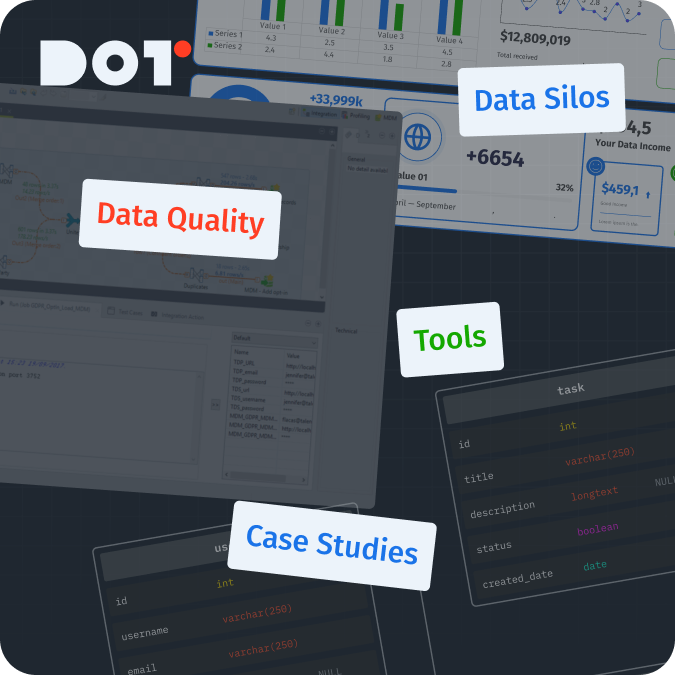
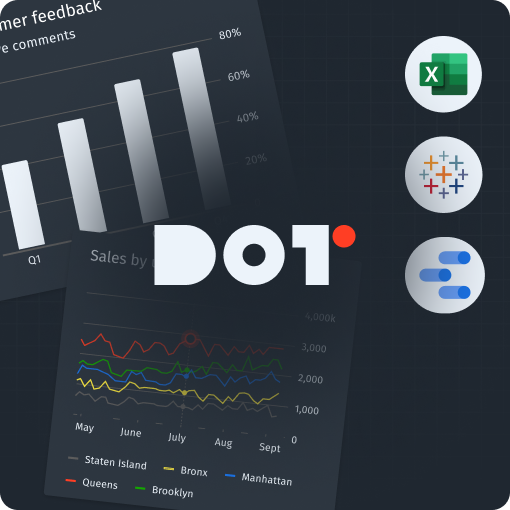

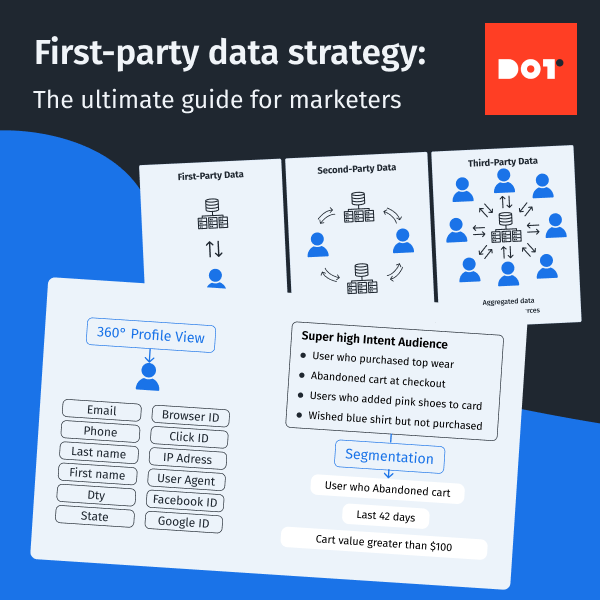
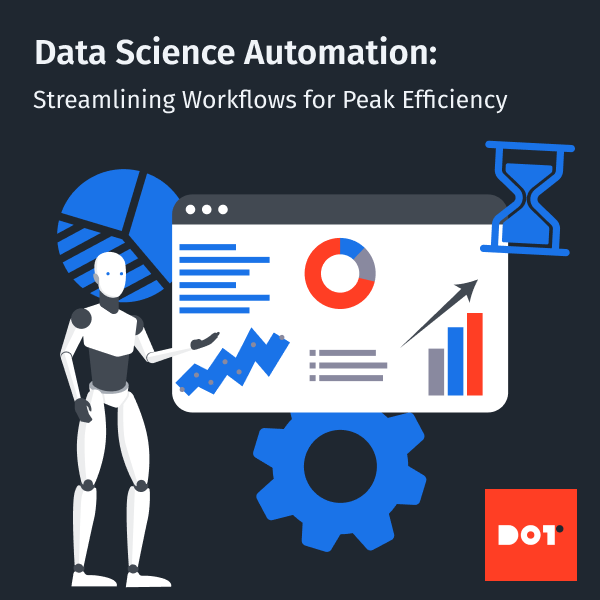
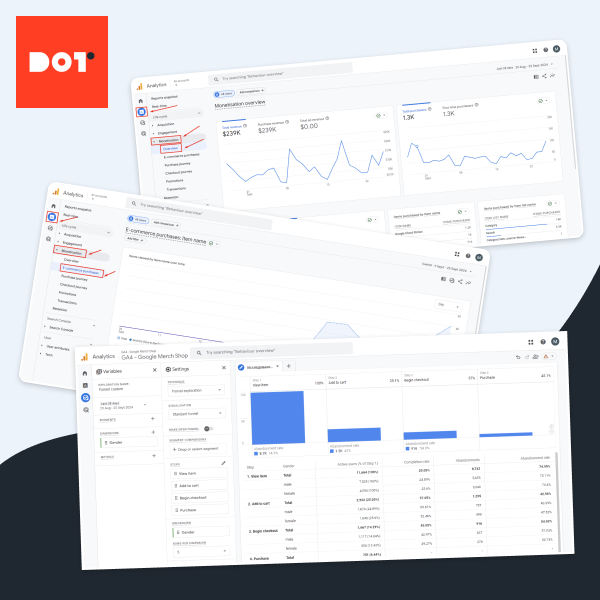
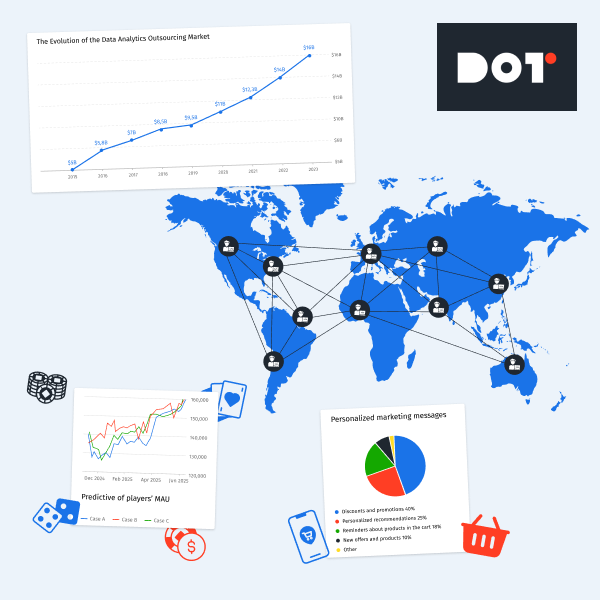
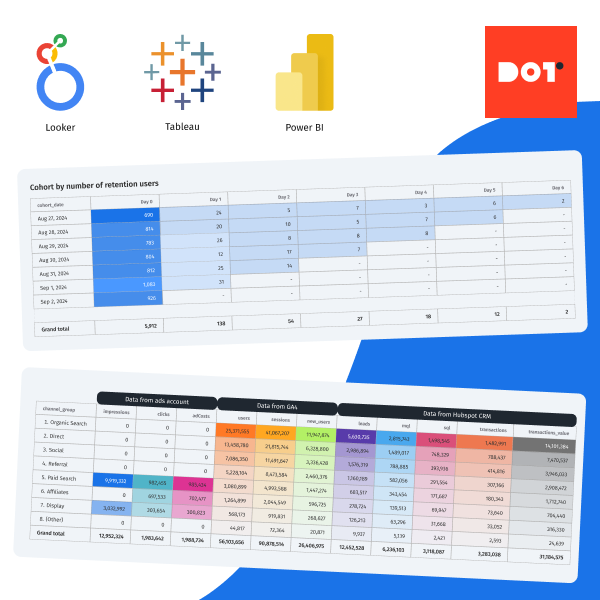
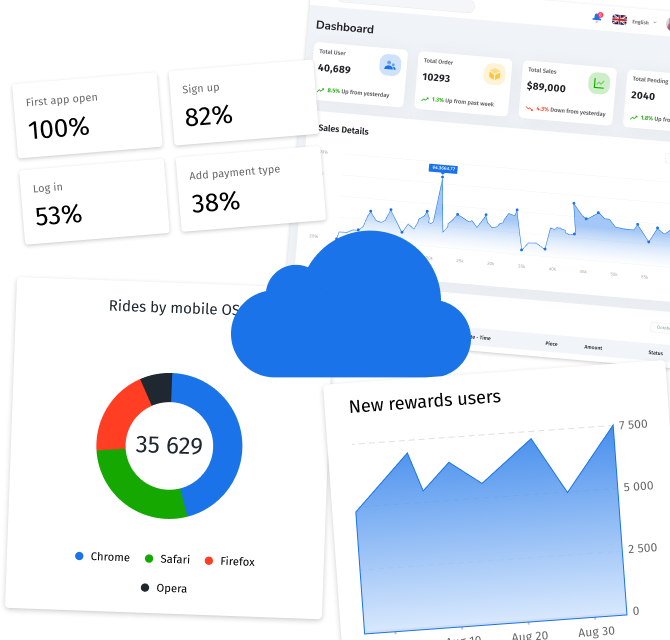
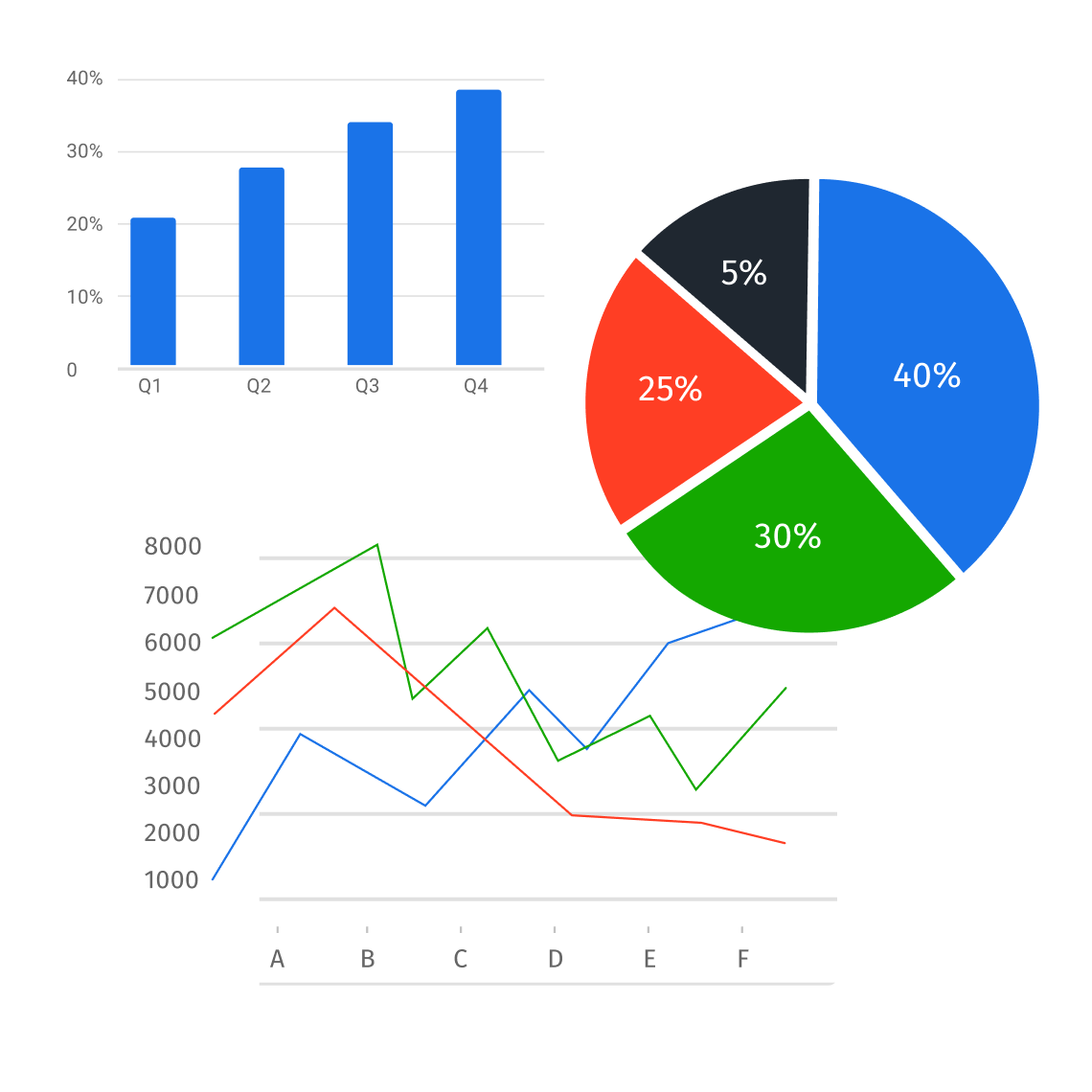
Leave a Reply